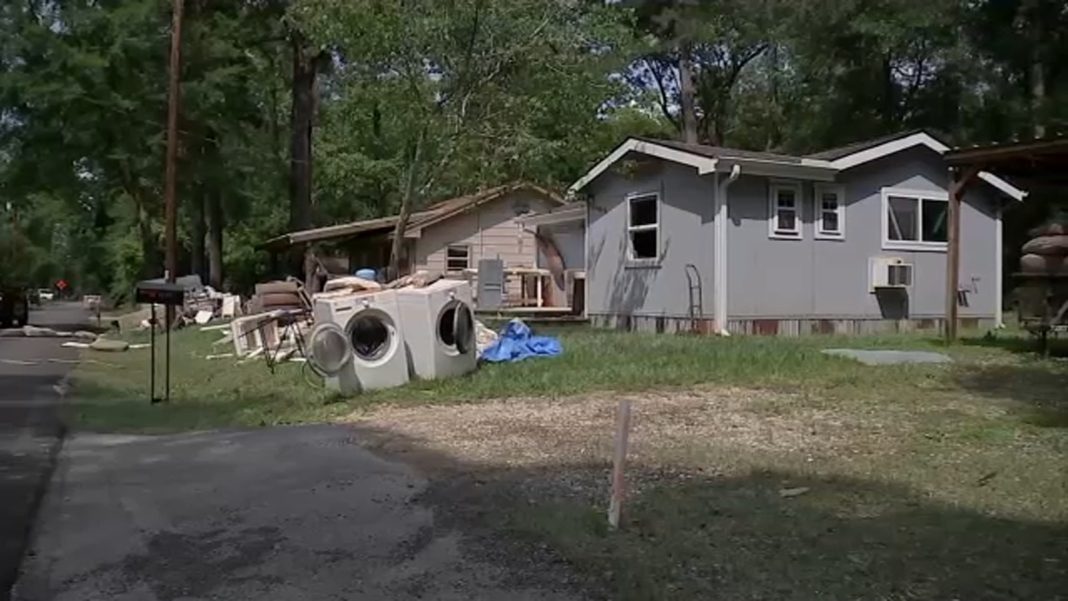Surviving a flood can be a devastating and demoralizing experience, as Scott Baumgardner of Kingwood, Texas can attest. His home has been flooded three times, leaving him with the arduous task of tearing it apart and starting from scratch. However, this time is different for Baumgardner because he has flood insurance, which provides some hope for a better recovery process.
If you find yourself in a similar situation, the next steps you take will depend on whether or not you have flood insurance. Experts advise those with flood coverage to take immediate action by calling their insurance company. Unlike homeowner’s insurance, which covers damage caused by falling water such as rain, flood insurance specifically covers damage caused by rising water. It’s important to note that flood insurance is not limited to those living in designated flood plains. In fact, the average cost of flood insurance in Texas is $776 for a single-family home, and in Harris County, it’s $763.
However, if you don’t have flood insurance, the situation becomes much more challenging. According to Steven Craig, an economics professor at the University of Houston, without insurance, you could face significant financial losses. FEMA is not obligated to provide any financial assistance if your house floods and you don’t have flood insurance. However, there are instances where FEMA may offer grants or loans based on the extent of the damage and if a disaster declaration is issued. County leaders are currently working with federal authorities to determine what assistance options will be available.
It’s worth noting that these forms of assistance often come with strings attached. Loans are typically low-interest and require repayment, while grants do not need to be repaid. However, after Hurricane Harvey, FEMA reported that the average homeowner only received around five thousand dollars in assistance. On the other hand, having flood insurance can provide coverage of up to $250,000 for repairs.
If you haven’t experienced a flood but are concerned about the risk in your area, experts advise staying vigilant. Floodplain maps can become outdated as the area develops, so it’s crucial to monitor what happens when it rains. Changes in the landscape, such as increased pavement or construction, can alter the flow of water and potentially put your home at risk. FEMA provides a tool that allows you to enter your address and determine if your home is in a flood zone.
If you decide to get flood insurance, be aware that it typically takes 30 days for coverage to begin. Therefore, if hurricane season is approaching (which starts on June 1), it’s essential to plan accordingly and not wait until the last minute.
In conclusion, whether you have flood insurance or not, dealing with the aftermath of a flood is a challenging process. However, having flood insurance can provide a significant advantage by offering financial protection and assistance in the recovery process. On the other hand, not having insurance puts you at a higher risk of facing substantial financial losses. It’s crucial to stay aware of your surroundings and monitor any changes that could affect your home’s vulnerability to flooding. By being proactive and taking the necessary steps to protect yourself and your property, you can minimize the impact of future floods.


